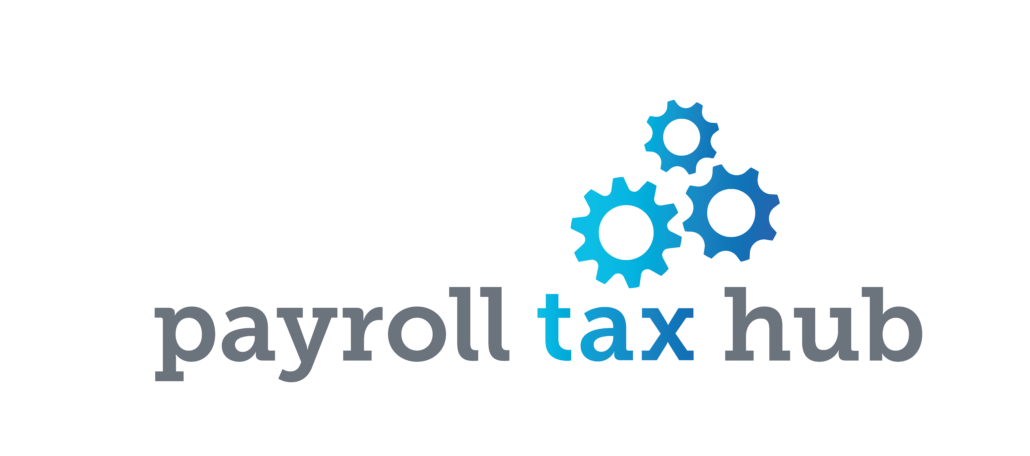ERCs Guidelines from IRS (Q1 – Q2)
This article is shared from the APA website here
The IRS issued guidance for employers on how to claim the employee retention credit (ERC) for the first two quarters of 2021. To claim the ERC, employers can reduce employment tax deposits. Small employers (500 or fewer full-time employees in 2019) may request advance payment of the credit on Form 7200, Advance of Employer Credits Due to COVID-19, after reducing their deposits. Advances are no longer available for larger employers.
Changes to the ERC
The notice details changes to the ERC, including:
- Increasing the maximum credit amount
- Adding more employers that may be eligible to claim the credit
- Modifying the gross receipts test
- Revising the definition of qualified wages
- Modifying the ability of eligible employers to request an advance payment
Due to changes made by the Consolidated Appropriations Act, 2021, eligible employers can now claim a refundable tax credit against the employer share of social security tax equal to 70% of the qualified wages they pay to employees from January 1 through June 30, 2021. Qualified wages now are limited to $10,000 per employee per quarter, so the maximum ERC is $7,000 per employee per quarter, for a total of $14,000 for the first two calendar quarters of 2021.
More Guidance Coming Soon
The American Rescue Plan Act of 2021 (ARPA) extended the ERC to the third and fourth quarters of 2021. The IRS will provide guidance on the ERC available under the ARPA later.
